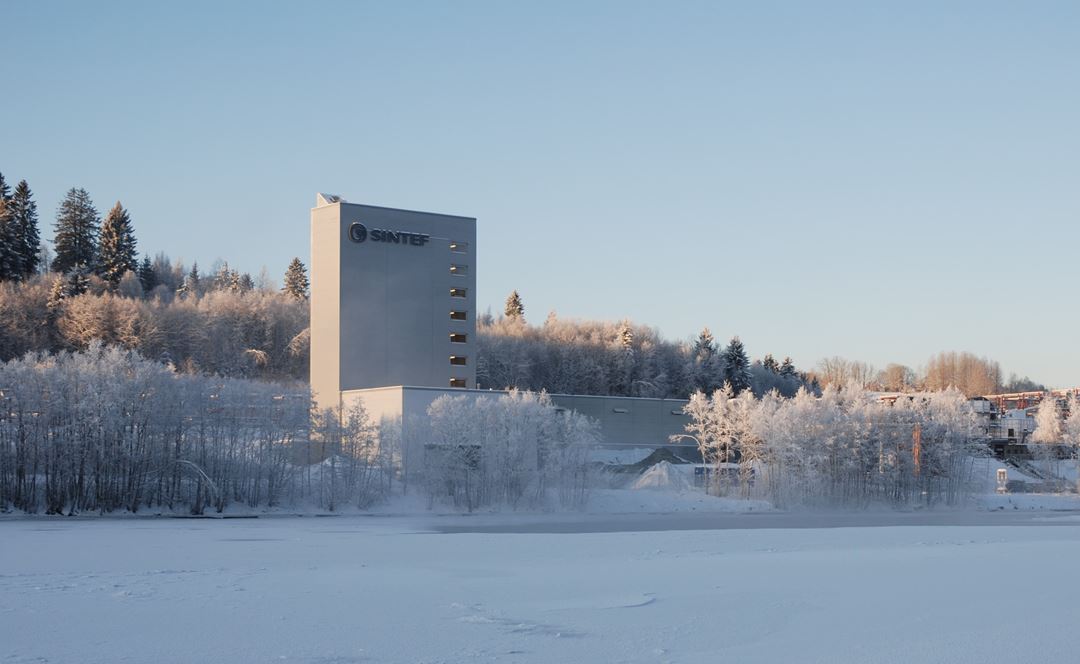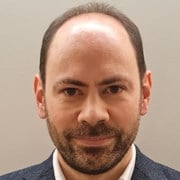CO₂ capture plays a key role in the work towards an emission-free industry. Therefore, it is urgent to get the technology ready to hit the market. Today, the CO₂ formed during industrial processes, such as metal and cement industry, can be captured, transported, and stored safely in geological formations under the North Sea.
– CCS technology works and has been used for various purposes on a large scale for the past 20 years. Now that the big breakthrough globally is coming, it is important to reduce costs, increase safety, and develop optimal solutions for CO2 capture from various emission sources by continuing the development of the next generation of technologies, says SINTEF's CEO Alexandra Bech Gjørv.
Advancing carbon capture solutions
SINTEF and Aker Carbon Capture have collaborated on CCS development for more than a decade including on developing a leading CO2 capture technology. In addition, ACC and SINTEF have had several research and development projects for testing and development of other capture methods: everything from membrane technology, hydrogen applications and methods that increase the CO₂ capture rate.
– Rising interest in carbon capture as a solution to decarbonize industry has raised expectations for what the technology can deliver. Together with SINTEF we will work to ensure that we can meet these expectations, says Valborg Lundegaard, Chief Executive Officer of Aker Carbon Capture.
An important capture method is CO₂ absorption using amine-based solvents. Solvents are cleaning chemicals that bind to CO₂ and traps the gas before it reaches the chimney top. The main challenge with CO₂ capture is that a significant amount of energy is required. One approach to solving this issue could be to utilize waste heat as an energy source.
The Norwegian Government launches ‘Longship’ for CCS
The recent announcement of "Longship" project by the Norwegian government has brought the concept of CCS into the mainstream. Together with our partners at NTNU, SINTEF researchers have been working on CCS for decades.
SINTEF has conducted research on the whole value chain for CO2 capture, transport and storage for more than 35 years, and has collaborated closely with both academics and industrial partners to ensure that quality scientific results can be successfully applied to industrial problems.
A lot of the activities takes place at a test facility for CO₂ capture at Tiller in Trondheim. This test facility was built as a part of SOLVit project. This project lasted for eight years and was led by Aker with SINTEF and NTNU as research partners.
The collaboration between SINTEF and ACC has provided solid ground for the commercialization of the carbon capture solutions and research projects in the EU, as well as innovation activities around the world and the establishment of Mongstad Technology Center (TCM). Now, solutions for scaling, zero-emission solutions and further cost reductions will be prioritized.
– CO₂ capture is in the early phase of commercialization and we can expect continuous technology development in the coming years. We will aim to find the most suitable chemicals and optimize capture facilities and technology that also require minimal follow-up. In total, this will make it easier for the industry to benefit from CCS, says Eirik Falck da Silva, research manager in SINTEF.
Aker Carbon Capture and SINTEF will now place emphasis on new market segments, including hydrogen, and upscaling of technological solutions. Recently the two signed a new letter of intent, strengthening the collaboration for future activities and projects.
– This agreement is based on a recognition that CCS constitutes an essential part of achieving climate neutrality by mid-century. With this MoU we intend to shorten the time to deployment and have a closer integration between market mechanisms and R&D. At the same time, we wish to optimize the use of research and technology infrastructure, says Nils Røkke, Executive Vice President for Sustainability in SINTEF.


